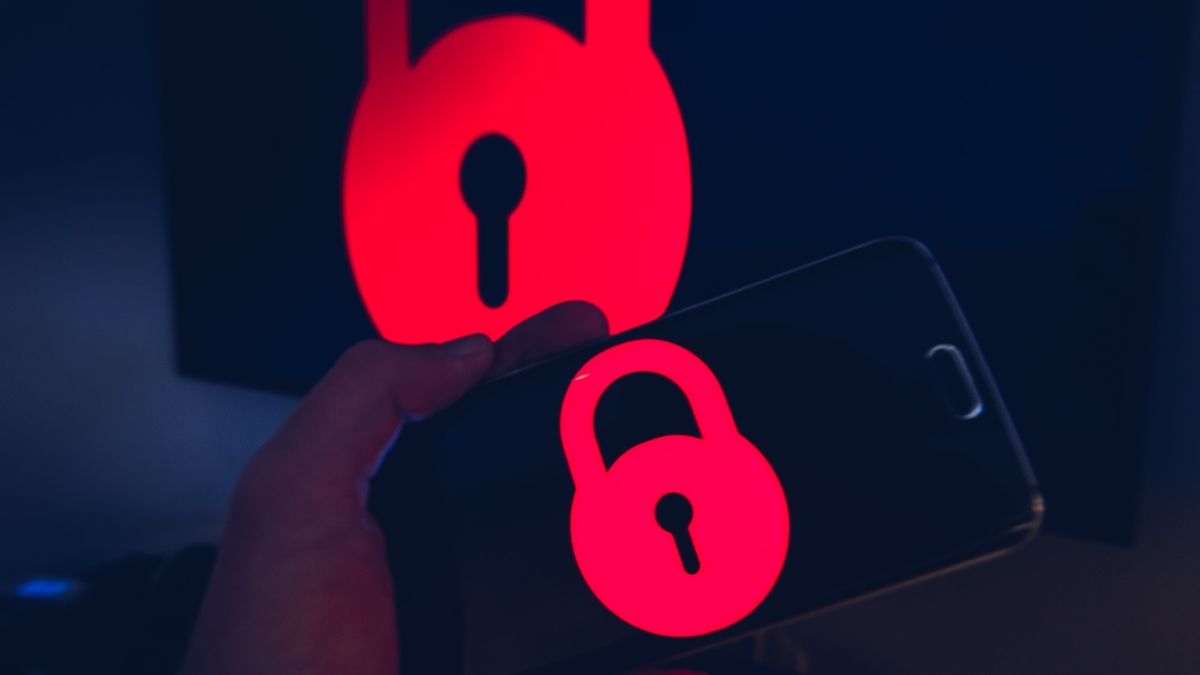
Earlier this month, Japanese electronics company Casio was hit with a cyberattack that led to the shutdown of parts of its digital infrastructure. Now, almost a week on from the incident, Casio is struggling to overcome the damage.
Ransomware group ‘Underground’ claimed responsibility for the attack, and shared samples of alleged stolen data on its dark web site. A spokesperson for Casio told TechCrunch that the firm sees no end to the outage in the near future and that several systems are still unusable after servers were disconnected to prevent damage spreading.
“This countermeasure is affecting our receiving and placing orders with suppliers and schedule of product shipments,” said Casio’s Ayuko Hara. “There is no prospect of recovery yet, but we are prioritizing our customers as we move forward with recovery.”
Long road to recovery
Casio is said to have lost sensitive data in the attack belonging to employees, business partners, job applicants, and contractors. Thankfully, the company confirmed no customer credit card information was taken.
As of yet, Casio have not confirmed the ransom amount or if contact has been made with the cybercriminals. The difficulties seem to primarily be affecting Japanese customers, as shipping has been indefinitely delayed, but internal systems failures seem to be the biggest concern.
It’s not uncommon for recovery from a ransomware attack to be a lengthy and expensive process, with the average incident costing $3 million and almost a month to recover from. At a ransomware simulation hosted by Orange Cyberdefense and attended by TechRadar Pro it was explained that “recovery is a marathon, not a sprint”, and that while paying a ransom may provide the victims with a decryption key, it can take months to fully recover data, and longer still to return to business-as-usual
Advice from law enforcement and cybersecurity experts is generally for organizations to refrain from paying the ransom, as it emboldens cybercriminals and adds fuel to the fire, but it is certainly not an easy choice to make.
By always having contingency plans in place and robust cybersecurity measures is the most that firms can do to protect themselves from attacks. Being vigilant and ensuring all employees are trained and aware will help protect potential points of entry.
Via TechCrunch
More from TechRadar Pro
Services Marketplace – Listings, Bookings & Reviews
